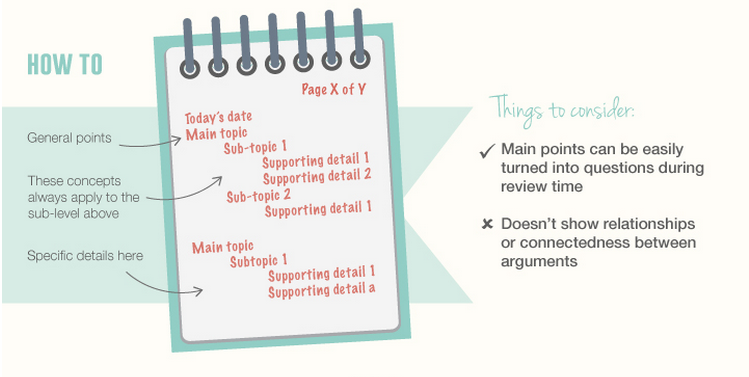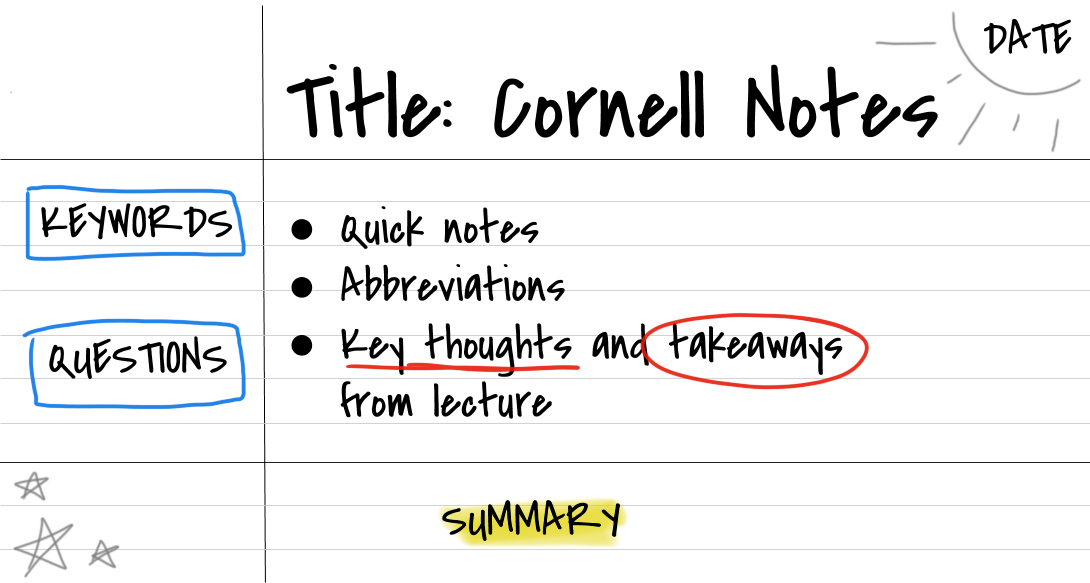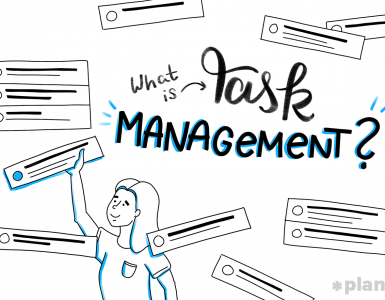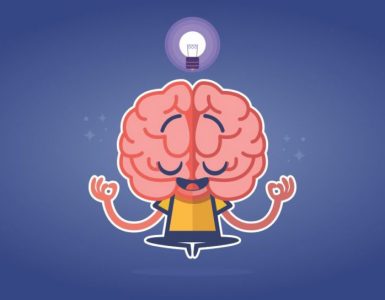People with photographic memories can recall every detail of a lecture or book, but the rest of us can benefit from taking notes! Note-taking is a natural and effective method of learning in which you write down only the most important parts of a lesson or reading for later review. However, the value you gain from taking notes is only as good as the notes themselves. Better notes will assist you in remembering concepts, developing meaningful learning skills, and gaining a better understanding of a topic. Effective notes will even reduce stress when it comes time to take the test!
We thought we’d share some pointers on how to improve your note-taking skills, whether you’re in high school, college, or grad school. Here are the top 5 ways of taking and making notes efficiently:
1.THE OUTLINING METHOD
This method is used for simplicity and is one of the simplest ways to take notes. This method is simple enough for anyone to learn and apply. In this method topics are organized using headings and bullet points This method is most effective when learning about topics with a lot of detail. The idea of this technique of note taking is to keep you from becoming overwhelmed. In the case of this approach, knowing what’s being discussed allows you to focus on the important aspects of that topic rather than wondering what’s going to come up next.

HOW TO USE THIS METHOD?
- Begin your notes with a single bullet point and write the main topic during a lesson.
- Place the first subtopic below, slightly indented to the right.
- Details should be listed below your heading and slightly to the right.
Use this method in the following situations:
- You want your notes to be well-organized from the beginning.
- To see the connections between topics and subtopics.
- You want to turn the points into questions that you can quiz yourself on later.
2. THE CORNELL METHOD
This is the most commonly used note-taking method, which was developed by Cornell University in the 1950s. In fact, the outline method was most likely inspired by this method due to the similarities. This is useful for visual learners who struggle with memorizing notes.
It helps in remembering and connecting relationships between topics. In this method the paper is divided into three sections: a 2.5″ left margin, a 2″ summary section at the bottom, and a main 6″ in-class note section.

HOW TO USE THIS METHOD?
- During class, take notes in the main notes section.
- Review your notes in the cues section. After class, make a list of things you’ll need to remember, along with a prompt for each. This section can also be used for vocabulary words and study questions.
- Write a summary of your notes in the summary section at the bottom. This is where you will emphasize the most important points.
3. MIND MAPPING METHOD
The Mapping note taking method organizes your class notes in a more visual manner. It is a method that works well for subjects with interconnected topics or complex and abstract ideas. The map’s purpose is to provide a visual representation of how each topic is related to one another. It also allows you to go into greater depth on specific ideas or topics.

HOW TO USE THIS METHOD?
- Begin the map with the main topic in class.
- Create a heading for each of the subtopics by branching off the main topic.
- Underneath each subtopic, jot down any important notes.
Mind mapping helps with remembering information and is one of the methods that can be used to improve memory just before a test. Here is a blog on hacks to improve your memory before a test.
4. BULLET JOURNALING
Bullet journaling (or BuJo) is a method of personal organization that involves quick logging of tasks, notes, schedules, and reminders. Consider it a next-level diary for not only writing but also drawing. But here’s a catch, a bullet journal isn’t something you can buy pre-made. Instead, you buy a blank or dot grid journal and design something that is unique to you and your goals.

HOW TO USE THIS METHOD?
- Gather all the materials you require to journal.
- Think and decide on a purpose that your bullet journal would be about.
- Finally, make it yours. Get creative and journal as you please.
5. WRITING ON SLIDES
The final method is another option for people who don’t want to bother taking extensive notes. This method works well, especially in classes where the instructor provides slides for their lectures. Whether it’s a handout or something you can download online, all you have to do is print it out and start writing on it.

HOW TO USE THIS METHOD?
- Start by roughly taking notes of what is being taught on a paper.
- Organize the notes and keep if you wish to do so before putting them on the slides.
- Print the slides and write the points noted wherever required or simply make notes on the slides itself.
This method is excellent because it helps reduce anxiety that is associated with taking general notes. Since ideas and concepts have already been discussed, it is simply a matter of expanding on those notes.
As you may have noticed, each method is appropriate in its own context. Each method has advantages depending on what you’re learning and your personal preferences. Taking organized and thoughtful notes can help you understand and remember what you’ve learned in class. Try these note-taking methods in your next class to see which one works best for you!















Add comment